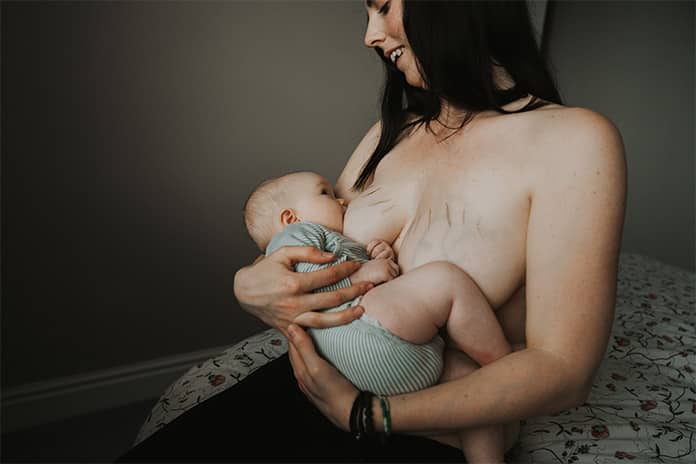Photographer Grace Elizabeth on her arresting “Gold Dust Project”
How did you get into photography?
I remember my dad giving me his old DSLR camera to use on a dog walk. I loved photographing my dogs because they were important to me, and I could document those memories.
Fast forward a few years and I studied art in school, then went on to study photography at A-Level. I shot my first wedding at age 16, for a friend, and loved the buzz. So after finishing my A-Levels I studied Creative and Editorial Photography. I loved the editorial aspect, the idea of investigating projects and concepts photographically. I think that’s probably what Gold Dust Project was influenced by.
During the last two years of my degree, I lost my two dogs within six months of one another. At that moment, photographs became more than fun, they became powerful. They served as reminders of the fragility of life. I wanted to use photography for good intentions.
Tell us about the Gold Dust Project. We adore your photos!
A I had wanted to do a motherhood project for ages and while I was sat one morning thinking, “What can I do to help empower these women?” I remembered the Japanese art of Kintsugi. Kintsugi focuses on fixing and putting back together broken ceramics with gold, the idea being that the ceramic item, once broken and now fixed, becomes more beautiful than before. I loved this idea but refused to apply the “broken” aspect to my project because, after all, post-partum women aren’t “broken”. So the Gold Dust Project draws upon the beauty of gold and the beauty [of the subjects] in their wonderful scars and stretchmarks.

How did you approach the project from a visual standpoint?
Having listened to the concerns of many mothers, I wanted to focus on the changes they experience during and after pregnancy by focusing on two dominant aspects: stretchmarks and scarring – the latter mostly from c-sections. I wanted to focus on drawing clear, in-your-face focus to them. This project was not going to be shy or polished or perfect; it was going to be real and raw.
I photographed each mother in their own home, with or without their children, and as deadpan as possible. Some images are close-up, some are portraits. All of the women together create a beautiful patchwork image of what it means to be a post-partum mother.
I wanted anyone who viewed the project to be able to relate in some way, or to change their perspective in some way about what a body looks like. All too often we’re indoctrinated into believing that we should all look like glossy magazine models, but the reality is most of us don’t, and even those who do still struggle with their body image.
Why do you think body positivity is so important for mums?
In a day and age when social media influences our perceptions of what is “beautiful”, I think it can be hard to believe that we are all beautiful, no matter how we look or what scars and marks we have.
I think that mothers can be one of the hardest hit when it comes to accepting how they look and feel about themselves, and many of those I’ve met have told me that they also feel guilt about disliking their bodies. The project has been great as it has enabled them to see that there is something gratifying about their scars and marks. At the end of the day, their bodies have achieved something miraculous: bringing a baby into the world. I hope the project can challenge the view of what the post-partum female body looks like. There’s no definite outcome and we’re all different.
Visit the Grace Elizabeth Photography website or follow her on Instagram






COMMENTS ARE OFF THIS POST